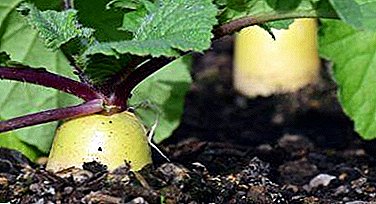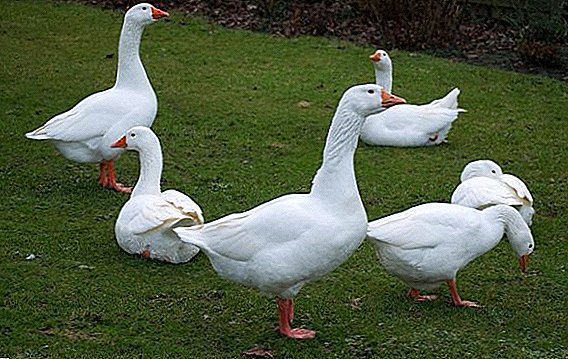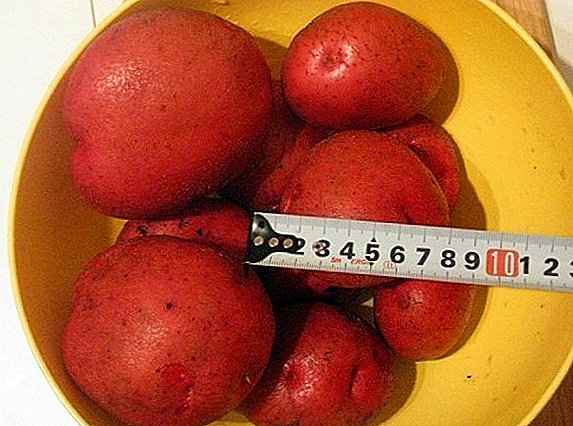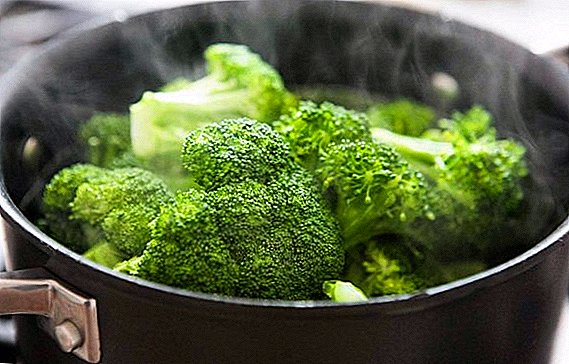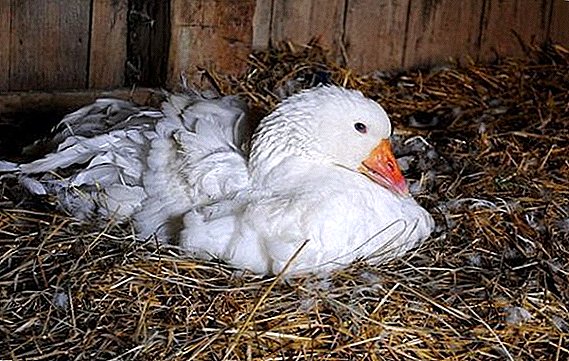 Geese are the second most common type of poultry. Basically, they are bred for the sake of meat, but now goose eggs with high dietary value are becoming more and more popular. And so the owners of geese should know when the laying begins, how many eggs the goose lays, how to prepare for the beginning of this process.
Geese are the second most common type of poultry. Basically, they are bred for the sake of meat, but now goose eggs with high dietary value are becoming more and more popular. And so the owners of geese should know when the laying begins, how many eggs the goose lays, how to prepare for the beginning of this process.
At what age do geese start flying?
The first eggs from home goose are produced at the age of 8-9 months. Geese rush longer than other poultry - up to 6 years.
It will be helpful for novice poultry farmers to learn how to breed geese at home, why geese are sick and how to treat them, how to properly feed geese from the first days of life.
Can a goose carry eggs without a goose
In order to hatch the young, the goose must fertilize the goose. Without mating, the female will still run, but the goslings will not sit.
How do I know that the goose will soon begin to rush
Most breeds of geese begin to rush in the spring - in March-April. Then you need to carefully monitor the bird - before the beginning of laying the behavior of the female changes:
- the bird shows anxiety, runs, not finding a place;
- begins to make a nest - carries stones, straw;
- plucks fuzz out of himself and covers them with a nest;
- begins to stamp around the nest;
- at the goose the tail falls;
- gait becomes uneven.
Did you know? In nature, geese are monogamous and form a pair for life.

How to prepare the bird and the room for egg-laying
The training is carried out in two directions - the fattening of the bird and the preparation of the room.
Fattening of the bird
By the beginning of the laying season, the female should gain at least a pound of weight. It is important not to overdo it so that weight gain does not turn into obesity, otherwise the quality and quantity of clutch will deteriorate. Feeding females need more and more than in winter. The diet includes grated raw and boiled vegetables, feed, germinated grain, it is desirable to give fresh grass, which can be replaced with hay or silage.
Important! You can check for obesity by probing the wings - healthy geese should not have fat bumps.
Room preparation
The room for geese should be warm and without drafts. The optimum temperature is + 20-25 ° С, but not lower than + 12-15 ° С. Pour straw and sawdust on the floor, install several trays of sand. Nests are prepared in advance, you need one box for three geese. Future nests should be covered with soft, warm material. It is necessary to take care of artificial lighting - for geese you need a long 14-hour light day.  If you plan to plant several hens for hatching, then the nests of each female should be fenced from other partitions so that the birds do not worry.
If you plan to plant several hens for hatching, then the nests of each female should be fenced from other partitions so that the birds do not worry.
Check out the most cost-effective geese breeds.
Annual egg production
The geese are a little worse off than the chickens - on average, 40 pieces a year. In many ways, the rate of laying depends on the mode of maintenance, diet and breed of bird. Here is a description of the average indicators for the season of the most popular breeds of geese.
Arzamas
The Arzamas geese have a rather small laying - about 20 pieces per year, but this is compensated by the high survival rate of the goslings - almost 100%.
Hungarian
The average clutch from one female Hungarian geese - 37 pieces per year.
Learn more about the characteristics of breeding lind geese.
Chinese
The geese of the Chinese breed are among the champions in egg production - for the season one female brings 50-70 pieces, and if you create optimal conditions, you can count on 100 pieces. 
Did you know? The geese have about 10 sound tones, with which they communicate with each other.
Large gray
Large gray - this is a relatively young breed, which appeared in the middle of the XX century. In this breed, they tried to combine both high egg production and large build. Birds are quite massive - with an average weight of 6-7 kg, and with a good result - 40-45 pieces per year.
Kuban
Kuban females are not very good hens, but they are distinguished by high fecundity - from 80 to 90 eggs per year.
Landa
French breed with not very high productivity - about 30 eggs per season, but females are good hens.
It is useful to learn how to properly pluck the chicken, duck and goose using the nozzle.
Romenskaya
The females of the Romensky breed bring in the year 35-40 pieces, weighing 160-170 g each. 
Ural
A fairly prolific breed - in a year they can produce 90-100 pieces.
At what age is the maximum productivity
The first egg a goose usually brings at the age of eight to nine months. But the females reveal their full potential at the age of two or three years.
Why geese do not rush
The reason for stopping the laying of eggs most often become disorders in the body caused by improper diet, lack of necessary vitamins.
In order to prevent it, it is recommended to correctly formulate the diet of birds - it must contain vitamins, greens, mineral supplements.
How to increase egg production
Laying eggs in geese is divided into cycles; after the end of one cycle, it is time to hatch. If the female is not allowed into the nest, then in four or five weeks she will begin a new laying cycle. As a result, you can bring the number of cycles to two or three.
Read also about the features of growing goslings in the incubator.
 In winter, however, egg production can be increased by increasing the daylight using artificial light, with proper feeding and maintaining the temperature at + 20-25 ° C.
In winter, however, egg production can be increased by increasing the daylight using artificial light, with proper feeding and maintaining the temperature at + 20-25 ° C.
Important! It is necessary to immediately remove the eggs from the nest, so that the female does not begin to hatch them and stop laying.The number of eggs that a goose can bring mainly depends on the breed and conditions of detention. Therefore, in the struggle for high rates, the population of the most egg-bearing breeds should be selected and optimal living conditions and a good diet should be provided to the birds.
Feedback from network users





